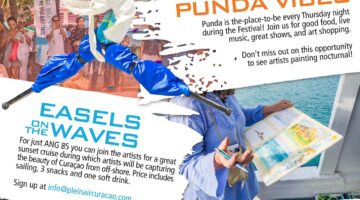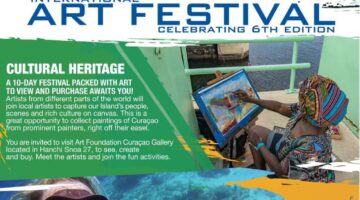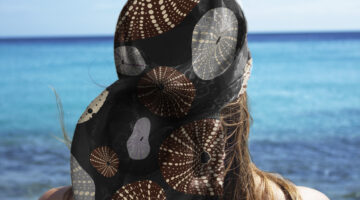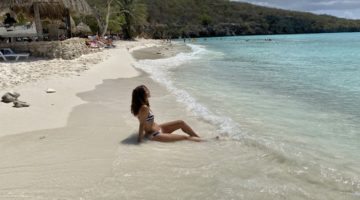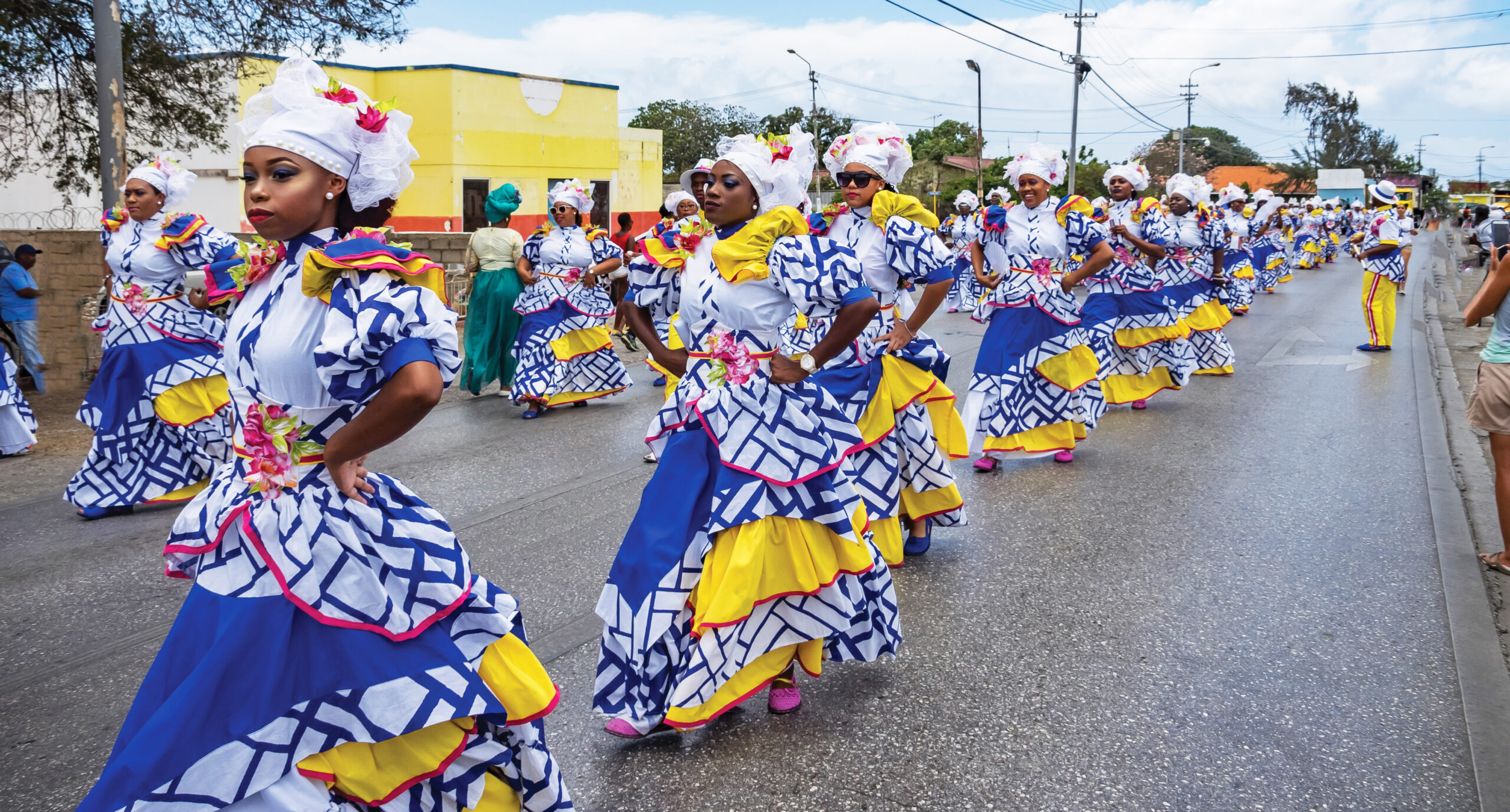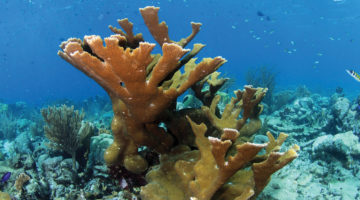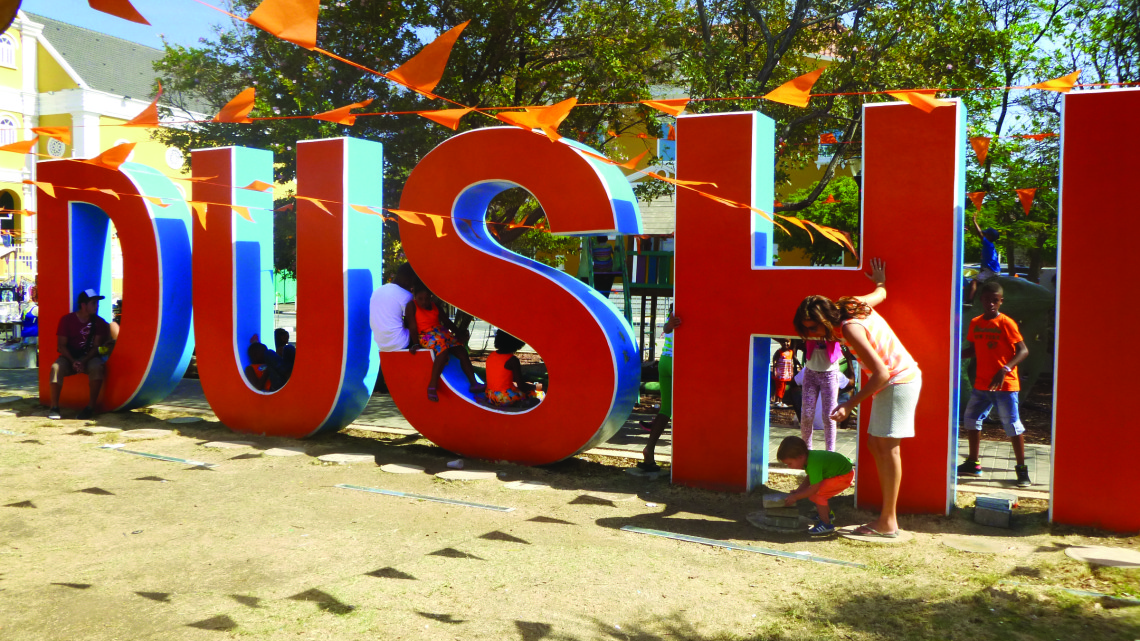by Katy Branum
This familiarity with travel shapes ones desire to seek out new and interesting cultures, and to swap stories with others. Those visiting Curaçao will be delighted to know that here you get to enjoy all the aspects of a genuine Caribbean adventure, and it’s for this reason that many find Curaçao to be their preferred destination in the ABC islands. This was recently highlighted by a visiting event promoter who chose Curaçao to host his fashion event as he believed that the other islands were too “commercially polished” and thus didn’t offer the same authentic experience to his guests that Curaçao does.
This “immersion travel” trend seems to be becoming more popular. Many visitors desire to go where the locals go and do what the locals do. This opportunity enables them to really connect with the place they are visiting, and in many ways, ironically not to be a tourist, but rather to experience the everyday life of the locals. It is for this very reason that many people really value “a friend on the ground” not only to open up unique experiences, but to also avoid dreaded tourist traps. This desire for a rich and authentic travel experience stems in part from the reality that many people love to travel, and holiday makers quickly become experienced travelers.
One key insight into creating an authentic experience on Curaçao; is to be aware of the history of the island, so that you the visitor can foster an appreciation for the journey, as this knowledge shapes both the island’s individuality and eccentricities. For example some local folks are a little wary of newcomers, this perhaps is because not everyone has engaged on a deeper level with visitors from other countries. In this case, it is often nice to learn a couple of words from the local Papiamento language, as these small tokens of friendship will go a long way towards you being invited into their world. It is also clever to remember that english is one of four languages spoken on the island, so please be patient with those that don’t have english as the strongest tongue in their repertoire.
An experienced traveler understands, that by taking the time to listen carefully it encourages folks to connect with you in a positive way. As a result you will discover locals to be very friendly, happy and delighted to share with you their deep love of Curaçao. In Curaçao, you’ll often hear: “Bon Bini!” – This is Papiamentu for “Welcome!” and another you may hear often is “Dushi!” for “Sweetie”.
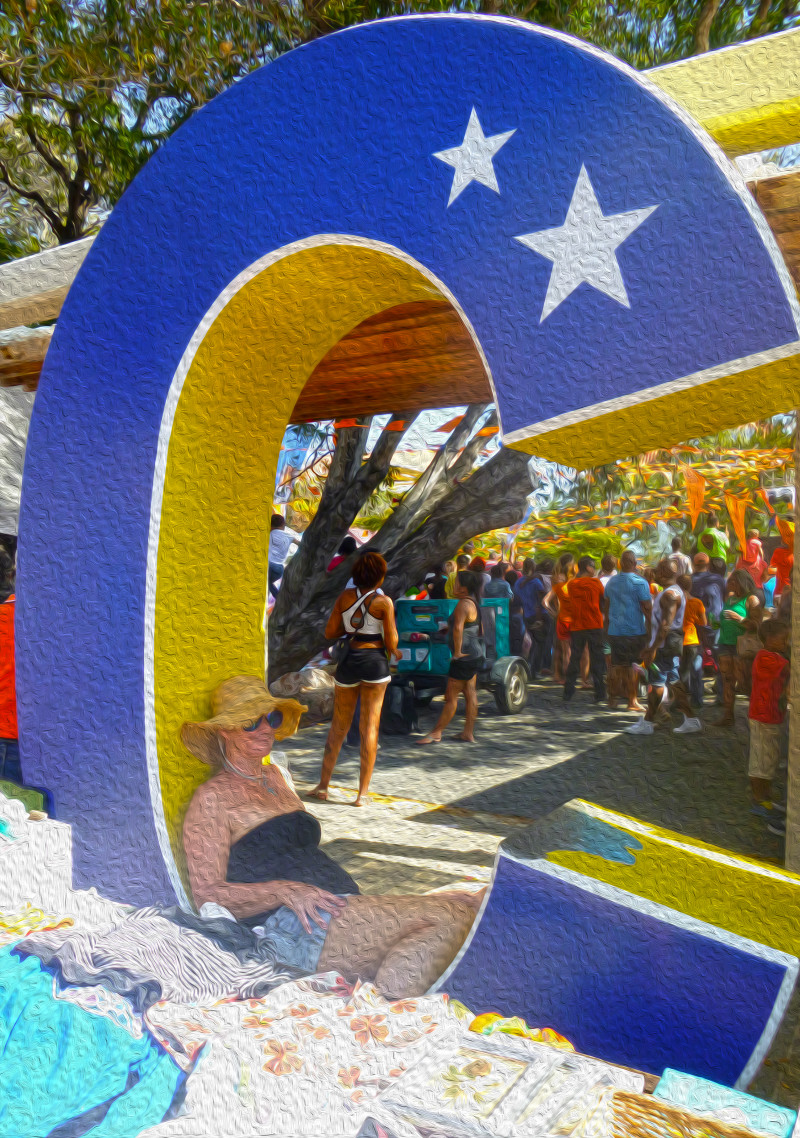
Seasoned travelers also recognize the unconscious trap of applying the standards from their home country onto a local situation, sometimes resulting in a misunderstanding on both sides. A great example of this is the well know concept of “island time”, remember things take a little longer in the islands, and it is all part of the Caribbean way to help you wind down while on vacation. So although things might take a little longer, or an interaction might feel different from what you would expect at home, veteran travelers appreciate the difference, embrace it and celebrate the diversity.
Another key to creating your own unique experiences, beyond the resort beaches, is to discover the culture and rich history on this island and fortunately, there are plenty of ways to get around Curaçao. You can attend local cultural events, shop in the local stores and visit several local artists and galleries.
Step back in time and visit the colorful floating markets, located in Punda. In times past, boats would bring their goods to be traded on the dock side and this is still done today. You can take a stroll there, purchase some fresh fruits, and see locals with their own take on the drive through concept, as shoppers slowly drive past the venders in their cars, purchasing fruits and vegetables through the car window from the visiting Venezuelan traders.
When it’s time to indulge in some retail therapy, explore the quaint little streets of the pedestrian shopping area of Punda in Willemstad. And when you’re ready for lunch, adventurous eaters that enjoy foreign cuisine should head to Plasa Bieu at the Old Market, located in Punda. Try the many scrumptious local dishes!
The centerpiece of this town that is full of life is the charming and picturesque boardwalk of the Handelskade, a vibrant throwback to Dutch colonial era, which is the perfect spot to get a refreshing cocktail at the famous Iguana Café while watching the boats go by as the famed Queen Emma Bridge opens to let boat enter the harbour. After quenching your thirst, you can cross over to Otrobanda and explore the historic Rif Fort built in 1828 to defend the outer section of Willemstad’s Otrobanda district. This fort stands prestigiously between the harbor entrance, sea coast and the former Rifwater and it is filled with brand-name shops and restaurants.
For local flavor, stroll to one of the many local snack bars in the area, often known as a “Toko” where local folks come together to swap news, have lunch and play dominos.
You can also admire the famous city lights by the harbor, watch the ships go by and have a delicious dinner at the beautifully restored 18th century Restaurant & Café Gouverneur de Rouville surrounded by many other monumental buildings.
An exquisite, historical and animated area to visit is the Pietermaai district in the heart of Willemstad. Its upscale restorations and colorful architecture is dotted with trendy eclectic bars and nightclubs, restaurants, boutiques and hotels. It’s atmosphere is reminiscent of a Caribbean version of the old quarter in New Orleans.
Curaçao is a Dutch Antilles island that sits at the central compass point for North America, South America and Europe, a real melting pot of nationalities and cultural influences that extend from the local culinary delights, to music, festivals, fashion and art.
By delving deeper and maybe getting a little out of your comfort zone you can discover the islands’ wonderful treasures, capturing special memories and unique travel stories made in Curaçao. After all this is why we travel.






